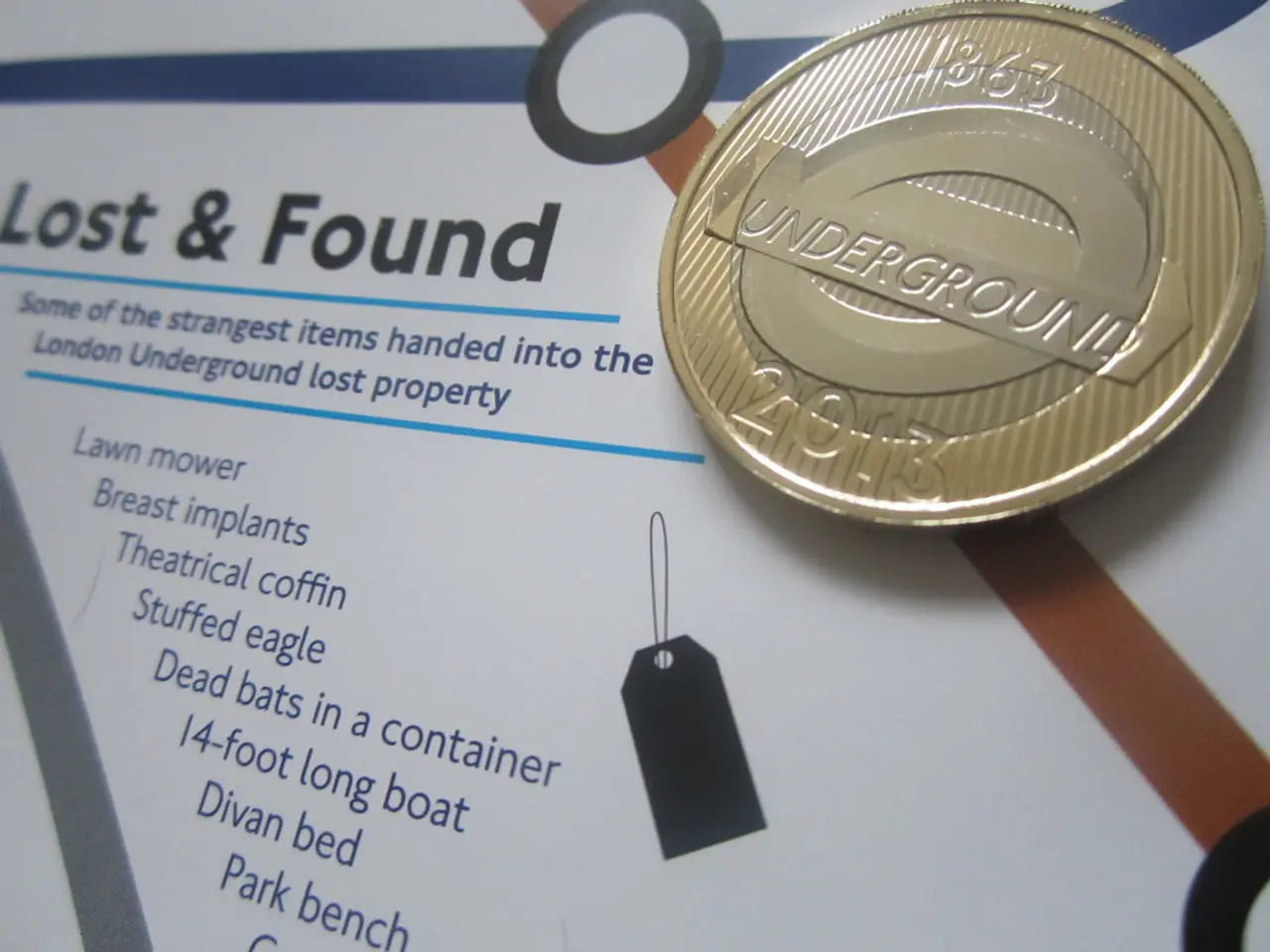Navigating Change: Role of Wholesale Brokers in Aiding Clients to Adapt to Emerging Risks
In today's dynamic market, insurance brokers face significant challenges in providing comprehensive coverage for various sectors, including commercial property, construction, agriculture, and transportation. These challenges are driven by rising risks from wildfires, climate change, and evolving industry dynamics.
Commercial Property: Bracing for Wildfire Risk
Wildfire risk and climate-driven disasters are increasing losses and affordability issues, shrinking available capacity and driving premium hikes. This results in significant protection gaps, with many properties uninsured or underinsured. To address these challenges, insurers and brokers must improve risk modeling and offer personalized products, leveraging technology like virtual risk assistants and automated proposals to better address exposures and client needs. Embedded and on-demand insurance models are also emerging, integrating coverage more seamlessly into client operations and transactions to close gaps.
Construction: Navigating a Fragmented Market
Construction insurance faces a fragmented marketplace with rising excess liability pricing, especially for high-risk projects like civil construction and those in defect-prone states. Primary casualty coverage remains relatively stable, but excess capacity is limited, pushing brokers to explore alternative structures such as self-insured retentions, captives, and ventilated risk layers to manage costs and transfers effectively. Close collaboration between brokers, clients, and multiple carriers is critical for placing risk and managing large or catastrophic claims.
Agriculture: Adapting to Climate-Driven Risks
Agriculture is heavily impacted by climate-driven risks such as drought, floods, and changing pest patterns, leading to fluctuating yields and financial instability. Challenges include low insurance take-up rates due to affordability and knowledge gaps, leaving large protection gaps. Solutions involve increasing insurance affordability and availability, combined with incentives for risk mitigation practices and more customized products tailored to the unique risk profiles of farming operations.
Transportation and Logistics: Managing Shifting Risks
The risk landscape in transportation and logistics is shifting due to supply chain disruptions, liability exposures, and rising claims severity. Brokers encourage early renewal preparation, adjustments to risk retention, and strategic layering of insurance, including excess and surplus lines, to maintain capacity and cost-effectiveness. Developing rapid claims response systems involving insurers, brokers, and third-party administrators is vital for managing severity and controlling losses.
In the face of these challenges, brokers must leverage technology for better risk assessment and client engagement, embrace alternative risk transfer mechanisms, and foster proactive carrier relationships to navigate a market with rising premiums, coverage gaps, and shifting risk exposures exacerbated by climate and market forces.
A wholesale partner can offer access to more markets and insights for creative coverage structuring, helping brokers mitigate emerging exposures and stay ahead of client needs. Wholesale brokers have access to specialized and excess & surplus (E&S) markets, helping brokers find tailored solutions for high-risk or hard-to-place accounts. A wholesale partner should deliver solutions that protect clients now and prepare them for future risks.
As the insurance landscape continues to evolve, it's clear that the difference between risk and resilience often depends on having the right partner in the insurance industry. Brokers are navigating a complex and fast-changing market with rising premiums, shifting carrier appetites, and new risks. In many cases, traditional insurance markets struggle to keep up with the rapidly evolving risks.
For instance, GAWS of London, an independent London market wholesale insurance broker, is planning a rebrand in March 2024. Mark Kaufman, the Executive Vice President and Partner at XPT Specialty, is another example of an industry leader navigating these challenges.
In wildfire-prone states such as California, some insurers have stopped writing new business or exited the market altogether. Agribusiness is under increasing pressure from rising input costs to unpredictable weather patterns, and traditional policies aren't always built to handle this kind of volatility. Transportation and logistics encounter a shifting risk landscape with the cost of litigation, inflation, severe weather, and economic and supply chain pressures. Consilium's Risk Solutions team is commencing a UK-wide roadshow to provide retail brokers with specialist capacity. Sutton Specialist Risks has partnered with Equipsme on a wholesale project, adding a new element to Equipsme's distribution strategy. Average property insurance premiums have risen by more than 30% since 2020, with the sharpest increases found in areas exposed to natural disasters like wildfires. Brokers are seeking flexible and forward-thinking partners to help navigate complex challenges.
In conclusion, the insurance industry is undergoing significant changes, and brokers must adapt to these challenges to provide comprehensive coverage for their clients. By leveraging technology, alternative risk transfer mechanisms, and proactive carrier relationships, brokers can navigate this complex landscape and help their clients build resilience in the face of rising risks.
- To better assess and engage with clients, brokers are increasingly using technology, such as virtual risk assistants and automated proposals, for improved risk modeling and personalized product offerings.
- As the construction marketplace remains fragmented, brokers are exploring alternative structures like self-insured retentions, captives, and ventilated risk layers to manage costs and transfers effectively when pricing for high-risk projects escalates.
- In agriculture, brokers are emphasizing the need for increased insurance affordability and availability to protect against climate-driven risks, coupled with incentives for risk mitigation practices and customized products tailored to the unique risk profiles of farming operations.
- In transportation and logistics, insurers and brokers are developing rapid claims response systems, incorporating insurers, brokers, and third-party administrators, to manage increasing claims severity and supply chain disruptions.




